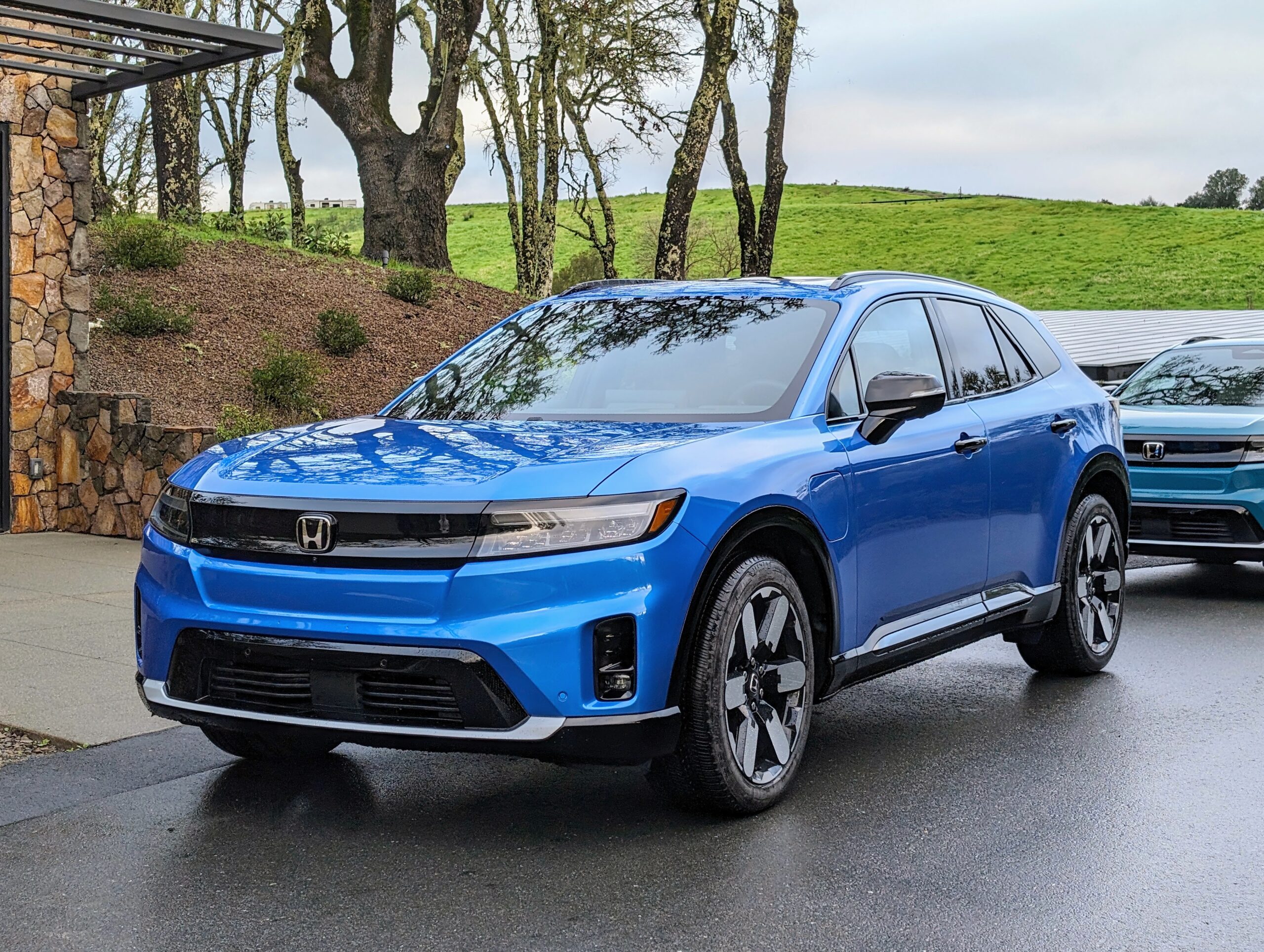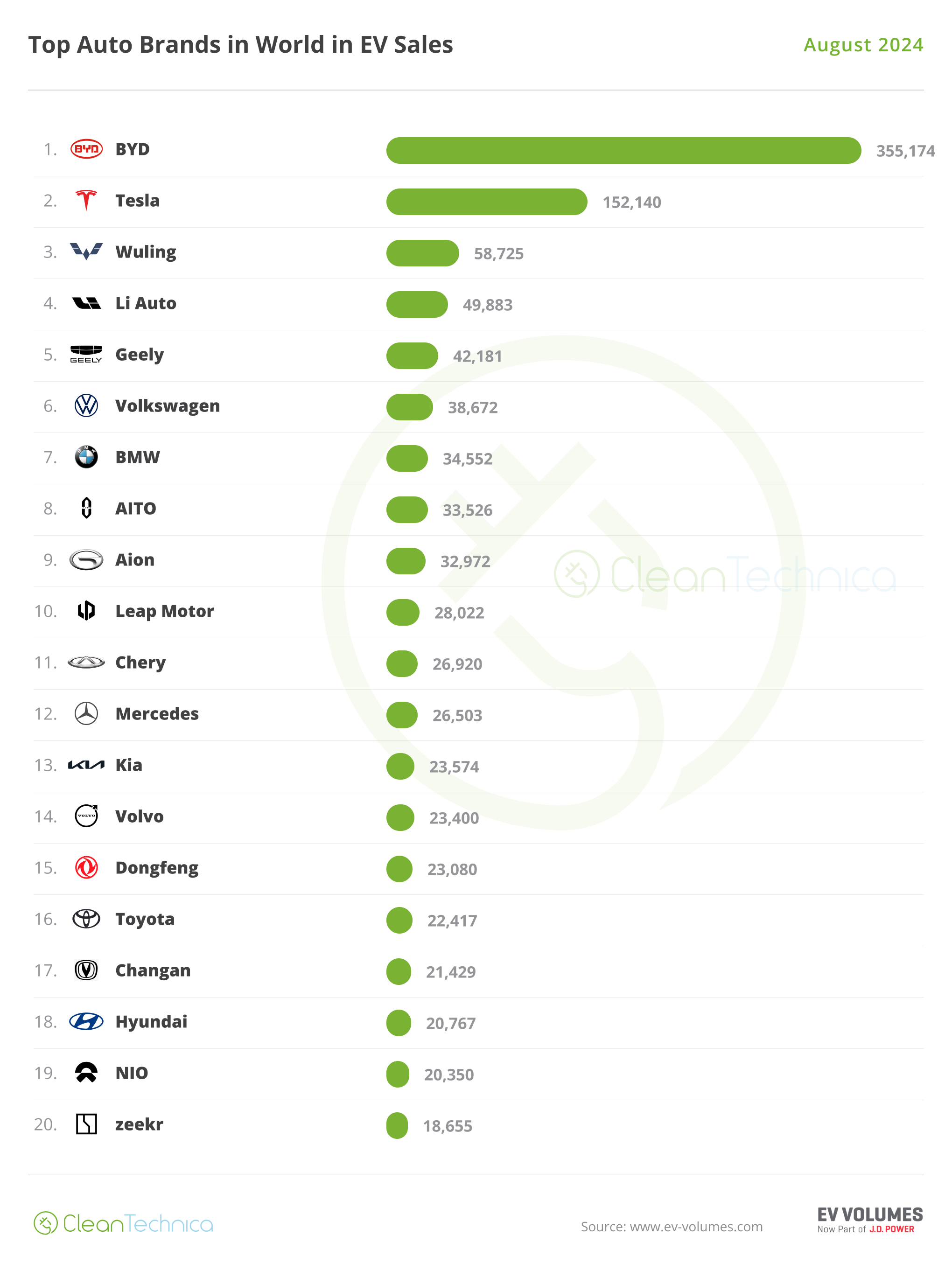Sign up for daily news updates from CleanTechnica on email. Or follow us on Google News!
A year ago, while assessing various organizations that had reached the terminus of the Odyssey of the Hydrogen Fleet six act tragicomedy, I pointed out the awful, horrible, very bad, no-good decision the Austrian branch of IKEA had made to buy Quantron hydrogen step van delivery trucks. Since then, I’ve been giving strategic guidance out freely — and seemingly treated as worth every penny — to transportation vehicle manufacturers like New Flyer to ditch their hydrogen lines and focus solely on battery electric.
The reasons are simple. Every hydrogen vehicle a firm sells likely causes them to not sell three battery electric vehicles. That’s because hydrogen buying firms inevitably end up really unhappy with them. The hydrogen is very expensive and remaining that way. The hydrogen is high-carbon emissions and isn’t changing. The hydrogen refueling stations don’t work reliably at all, out of service far more hours than they are pumping the gas. The vehicles themselves cost about 50% more to maintain than battery electric ones.
Unhappy customers are customers who will pick a different firm to buy from next time.
Further, trying to do complex and expensive hydrogen vehicles and battery electric makes the manufacturer lose focus on making the best battery electric vehicles possible. They split capital and resource investments over the loser — hydrogen — and the winner — battery electric — instead of just spending it on the one. Hydrogen buses cost a lot more to manufacture and service than battery electric and always will, because battery electric are so much simpler. That means that any firm selling hydrogen buses will have a lot more people devoted to them than battery electric as a ratio of vehicles delivered. A firm that has hydrogen vehicles in its stable will have more expensive battery electric vehicles as a result, as the battery division will be eating some of the hydrogen overhead.
It also means that they are selling inferior electric vehicles into markets where Chinese firms are very competitive, even with tariffs. For bus manufacturing firms like New Flyer in North America and Solaris in Europe, they should be ceding the dead end hydrogen market to competitors who want to go belly up as an intentional strategy, so that they can keep market share away from BYD and Yutong, who are actively selling. BYD is picking up orders for hundreds of electric buses at a time in North America, and the two firms between them delivered more battery electric buses than Solaris’ entire delivery volume for 2023.
And, of course, their sales people will look at the bigger sticker price per unit for hydrogen vehicles and be incentivized to sell more of them instead of cheap battery electric vehicles. This is another strategic blunder and will cause a loss of more battery electric sales. They will be proposing as many hydrogen vehicles as possible in every tender with the hope of bigger bonuses, instead of maximizing battery electric vehicle sales.
The result of this is that any transportation manufacturer selling hydrogen buses today will lose market share every year to BYD, Yutong, other Chinese pure plays and firms which do joint ventures with Chinese firms to put a Western shell and brand on a Chinese battery electric drivetrain. It’s incredibly short sighted and bad strategy.
Manufacturers with hydrogen and battery electric options are intentionally creating the conditions for their own decline in market share and even bankruptcy.
And so, to Quantron. When I wrote about IKEA’s terribly bad choice to pursue foolish Austrian governmental subsidies for hydrogen refueling and delivery trucks, Quantron’s electric equivalents only had 200 kilometer ranges. That’s for a standard step van. IKEA had bought a bunch of these inferior step vans from Quantron, and they weren’t sufficient for the minority of longer range deliveries.
Instead of looking at vendors who were delivering higher quality electric vans, IKEA kept buying from Quantron, choosing the hydrogen version of their step van, with a 400 kilometer range. Meanwhile Mercedes eSprinter is available for €60,000 and has a 400 km range.
What was IKEA paying for Quantron hydrogen vans? Almost a million euros per van, because they were also buying hydrogen refueling capability. It made absolutely zero sense, but those Quantron sales people were highly motivated to sell because they would get bigger bonuses. Even buying Quantron battery electric step vans made no sense as Mercedes’ product was about €8,000 euros cheaper, so the local IKEA executive clearly was not particularly good at procurement.
All of this is playing out exactly as expected. Quantron filed for bankruptcy on October 30th, 2024. That means the 90 employees of the firm — note the small number trying to support both the much simpler battery electric drive train and the much more complex hydrogen one — are out of work, and likely the 350 in the Quantron ecosystem are at threat of losing their jobs unless their firms can find them more gainful employment on something that actually makes sense.
What does this mean for IKEA? Well, the five Quantron fuel cell vehicles they received last year are stranded now, without any organization to service them or buy parts from. The 40 additional hydrogen vans they had on order from Quantron have dissolved into a puff of water vapor, so their plan for fleet decarbonization, no matter how boneheaded, is upended as well. And the 56 battery electric vans with 200 km ranges which they bought from Quantron are stranded too, so their entire delivery fleet is now a maintenance nightmare with no residual resale value. At least the electric vans are easy to maintain and fairly reliable.
I’m sure the manufacturers who make hydrogen step vans in Europe — Stellantis, Hyvia and VDL — will be lining up to try to take the IKEA hydrogen fuel cell step van orders for themselves, instead of looking at Quantron and realizing that it is an abject lesson in why their strategies are broken.
What should IKEA Austria do? It should reconsider its strategy. It should recognize that battery electric step vans are completely fit for purpose, as long as they don’t restrict themselves to manufacturers with inferior ones. They should write off the five hydrogen vans they have as well as the hydrogen refueling station.
They should recast their fleet decarbonization strategy as completely battery electric, and start ordering battery electric step vans from Mercedes or BYD. They should run their Quantron battery electric vans until they fall over and then find second lives for their batteries and scrap the rest. They will need to do a complete depreciation of all of their battery electric and hydrogen fleet this year, of course.
They should probably reconsider the employment of whoever made and sold the awful, horrible, very bad, no-good decision to buy everything from Quantron and then make it worse by buying hydrogen vans as well. They clearly have very limited analytical or strategic skills, coupled with too good sales skills. That’s a dangerous combination.

Chip in a few dollars a month to help support independent cleantech coverage that helps to accelerate the cleantech revolution!
Have a tip for CleanTechnica? Want to advertise? Want to suggest a guest for our CleanTech Talk podcast? Contact us here.
Sign up for our daily newsletter for 15 new cleantech stories a day. Or sign up for our weekly one if daily is too frequent.
CleanTechnica uses affiliate links. See our policy here.
CleanTechnica’s Comment Policy




